
"Did you know that homeowners can save up to 30% on appliance costs annually with DIY home maintenance for appliances?" — Home Improvement Experts
In a world that moves fast and finances feel unpredictable , few household habits can empower you as much as taking the time for DIY home maintenance for appliances. Not only does learning these simple routines help you feel more in control of your home and budget , but data shows they can save you hundreds—or even thousands—of dollars every year.
This guide will show you exactly how to achieve small victories in everyday life by mastering everyday acts of maintenance. You’ll discover expert-backed checklists, money-saving strategies, and practical steps to extend the life of your appliances , all without the need to call a professional for every little problem.
What You'll Learn in This Guide
- The foundational benefits of DIY home appliance care
- Step-by-step checklists for every major household appliance
- Expert tips for troubleshooting and extending appliance life
- Actionable strategies for saving money while improving efficiency
- How to recognize when a professional repair is necessary
Why DIY Home Maintenance for Appliances is Essential for Saving Money and Extending Appliance Lifespan
Regular DIY home maintenance for appliances is more than a way to cut costs—it’s a proven strategy to maximize the efficiency and lifespan of every major device in your home. By taking better care of your appliances, you’re investing in greater long-term value from your home décor and furnishings. When you proactively maintain appliances—like refrigerators, washing machines, or dishwashers—you minimize the likelihood of sudden breakdowns, which means fewer expensive emergency calls and less disruption to your daily life.
Home maintenance empowers homeowners with everyday acts of maintenance that truly pay off. Regular upkeep not only keeps appliances running smoothly but can also enhance your home’s energy efficiency, directly leading to saving money on monthly utility bills. As you start finding small victories in fixing things around the house, you’ll feel more confident, realizing that caring for your home doesn’t always require professional help or massive investments.
- Minimizes costly repairs by catching problems early
- Prevents unexpected breakdowns, keeping your household routine uninterrupted
- Maximizes appliance efficiency, so you spend less on energy and water bills
| Appliance | Average Professional Repair Cost (per year) | DIY Maintenance Cost (per year) | Estimated Savings |
|---|---|---|---|
| Washing Machine | $150 - $300 | $20 - $40 | $130 - $260 |
| Refrigerator | $200 - $400 | $25 - $50 | $175 - $350 |
| Dishwasher | $125 - $250 | $10 - $30 | $115 - $220 |
| Oven/Stove | $100 - $200 | $5 - $15 | $95 - $185 |
Understanding Home Maintenance: The Foundation of Appliance Longevity
At its core, home maintenance lays the groundwork for durable, reliable appliances that stand the test of time. Rather than waiting for a breakdown—which often leads to costly, unexpected repairs—adopting a DIY approach allows you to anticipate issues and resolve them before they escalate. This mindset shift not only helps you save money , but also boosts the overall efficiency of your household.
Consistent upkeep, like filter replacements and coil cleaning, is proven to reduce the strain on motors and sensitive components, often extending appliance lifespan by several years. Products like lemi shine , citric acid , and even common items like baking soda are powerful allies in your regular maintenance toolkit. By keeping a regular schedule, you create a reliable routine, ensuring that your appliances continue to contribute to your home décor and daily comfort.
What Is DIY Repair? Home Maintenance Techniques to Prevent Appliance Issues
DIY repair refers to tackling minor appliance issues yourself before they become major problems. It’s about understanding the basics of how your washing machine, refrigerator, or coffee maker works, and using easily accessible tools and cleaners to maintain them. Techniques include regular cleaning, monitoring for unusual noises, and checking gaskets and seals. Not only do DIY repairs prevent unnecessary expenses, but they also empower you to feel confident about everyday home maintenance tasks.
Step-by-Step DIY Home Maintenance for Appliances: Checklist for Every Homeowner
Creating an actionable checklist is vital for successful diy home maintenance for appliances . Each household device has unique needs, but there are universal steps that can prolong its life and enhance efficiency. Incorporating regular tasks on a monthly, quarterly, or annual basis ensures nothing slips through the cracks. Taking the time for these simple actions can translate into substantial savings—and a more resilient home in uncertain economic times. Check off each item to prevent costly issues and maintain an energy-efficient household.
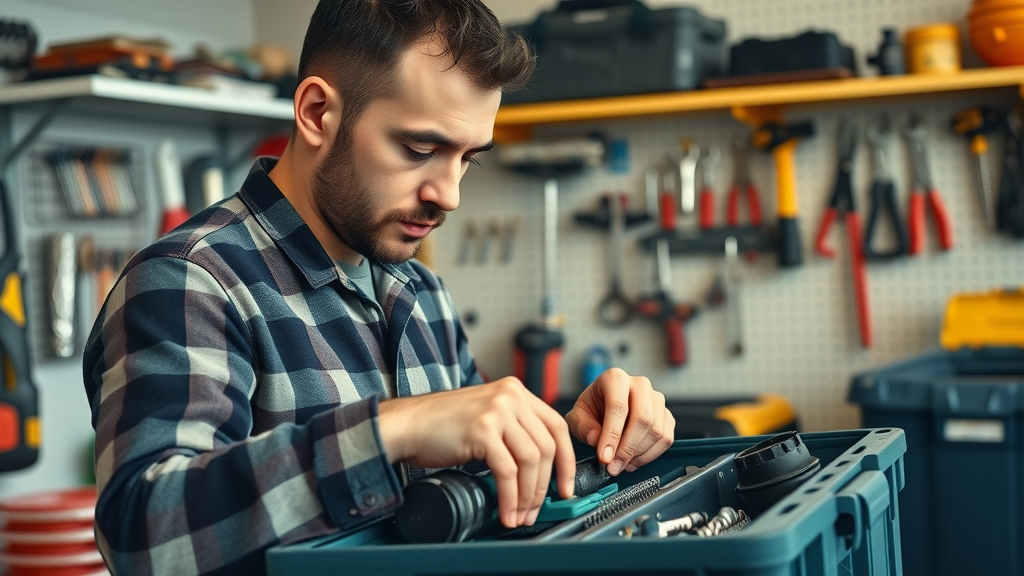
- Inspect and clean air filters (HVAC, refrigerators, dryers)
- Examine and descale washing machines using products such as citric acid or lemi shine
- Check seals and gaskets on doors to prevent energy loss
- Test appliance electrical connections for safety
- Keep appliances free from dust and debris, especially around vents and motors
Regular Maintenance Tips to Save Money on Utility Bills and Repairs
Regular maintenance lies at the heart of saving money with home appliances. By establishing a routine—like checking filters or cleaning coils—you reduce the appliance’s workload and avoid spikes in utility bills. For example, a clogged refrigerator coil can cause the compressor to overwork, leading to higher energy use and increased risk of failure.
Using items such as citric acid or baking soda for cleaning removes mineral deposits and grime, keeping machines like dishwashers and washing machines in peak shape. Additionally, monitoring for leaks and odd sounds allows you to spot and address issues—often at little or no cost—before expensive parts fail. Adopting these everyday maintenance habits lets you feel more in control , empowers you to find small victories, and ensures essential appliances don’t let you down in emergencies.
"Performing regular maintenance lets you detect minor appliance issues before they become costly repairs." — Certified Appliance Technician
DIY Home Maintenance for Washing Machines: How to Increase Efficiency and Appliance Life
The washing machine is a cornerstone for any busy household, and diy home maintenance for appliances is especially crucial for its longevity. Lint buildup, calcium deposits, and worn seals are common culprits behind underperforming machines. By using citric acid or trusted cleaning products like lemi shine , you remove residue that can cause odor, vibration, and ultimately, expensive repairs or even breakdowns.
With the cost of washing machines rising, taking better care of your laundry workhorse helps you avoid major replacement expenses and keeps your clothing or textiles looking their best. Simple acts, like leaving the door open after each cycle to prevent mildew or regularly tightening hose connections, go a long way toward saving money in the long run.
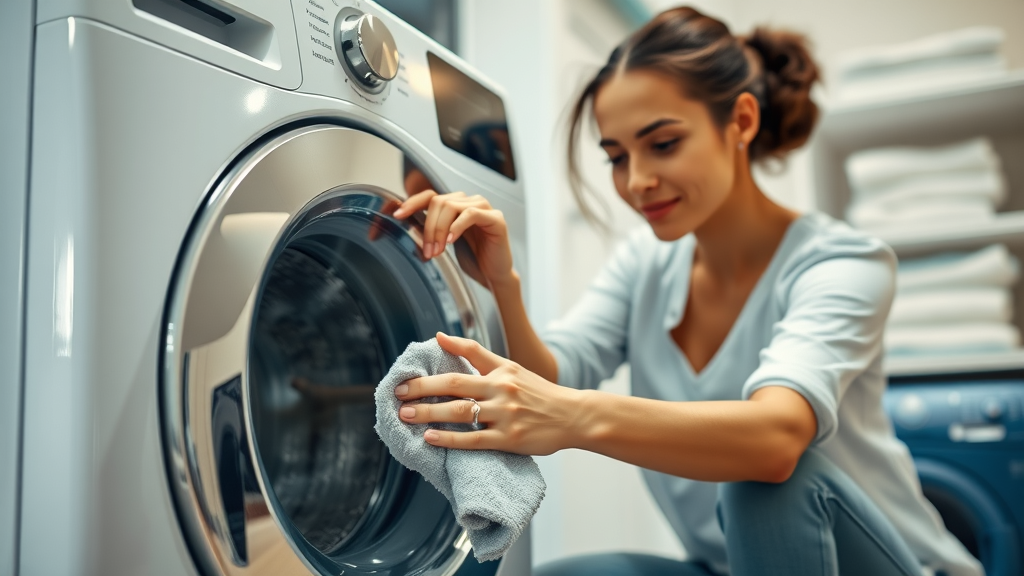
Washing Machine Care: Cleaning, Descaling, and Leak Prevention
For peak performance, run a cleaning cycle with citric acid or lemi shine once a month to dissolve buildup and prevent odors. Wipe down door gaskets and check them for mold or damage, which can lead to leaks. Clean detergent dispensers with a mild, non-abrasive solution to prevent clogs that cause overflow.
Also, periodically examine hoses for cracks or bulges and ensure all connections are tight. Keeping the exterior and vent areas free of dust allows the motor and controls to cool properly, extending the life of sensitive electronics within the washing machine. These best practices not only keep water bills in check but also save you money by eliminating the need for expensive service calls.
Troubleshooting Common Washing Machine Problems for DIY Repair Success
Troubleshooting begins with attention to detail—unusual noises, vibration, or poor spinning often signal minor problems you can remedy. Check for balanced loads, make sure the machine is level, and inspect the drain hose for blockages. Clearing a clogged pump filter is a frequent DIY repair that restores function and prevents water damage.
If clothes emerge soapy or the cycle doesn’t finish, clean the water inlet filter and ensure detergent dispensers aren’t clogged. When leaks or error codes appear, consult the manual, as many issues—like stuck floats or kinked hoses—can be solved without a professional. These expert strategies help you feel confident about finding small, attainable victories in home maintenance.
DIY Home Maintenance for Kitchen Appliances: Extend the Life of Ovens, Refrigerators, and Dishwashers
The kitchen harbors several high-value appliances that benefit from routine DIY care. Refrigerators, ovens, and dishwashers are essential to daily life, and skipping regular maintenance can shorten their lifespan and rack up significant repair bills. Cleaning fridge coils, replacing water filters, and ensuring oven doors seal tightly are just a few ways to maximize performance and save money .
Even simple steps, like inspecting a dishwasher’s filter or gently scrubbing your dishwasher with vinegar or lemi shine, ensure that grime and mineral buildup don’t cause blockages or lead to bigger malfunctions. These basic tasks bring big returns—reduced energy consumption, improved performance, and the confidence that comes from taking proactive control over your home’s essential systems.
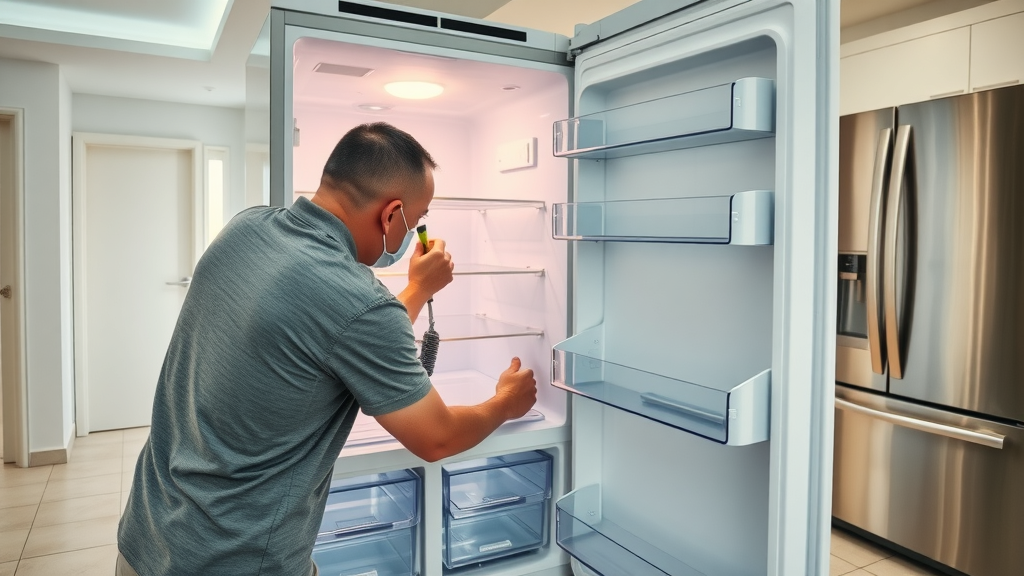
Quick DIY Repair for Ovens and Stoves: Safety and Efficiency First
Ovens and stoves are core to home life, but their longevity hinges on proper DIY care. Always unplug electric models and turn off gas lines before attempting any repair. Clean stovetop burners, oven racks, and use citric acid or specialized cleaners to remove tough stains for better heat distribution.
Check that door seals remain tight, so heat doesn’t escape during cooking, which otherwise wastes energy. Replace burnt-out indicator lights and test oven thermostats by comparing them to an oven thermometer. By doing these simple repairs, you boost efficiency and extend the appliance’s service life—true small victories in home care.
Refrigerator Maintenance: Cleaning Coils, Replacing Water Filters, and Sealing Doors
One of the most impactful DIY home maintenance for appliances steps is cleaning refrigerator coils , which you should do every six months. Unplug the fridge and use a coil brush or vacuum to clear dust, allowing the compressor to run more efficiently and reducing the risk of breakdown. Regularly inspect and replace water filters for better water and ice quality, and check gaskets for airtight seals.
If doors don’t close properly or if you notice condensation, wipe seals clean or replace them. These straightforward tasks not only prevent energy loss but also ensure fresh food storage and save money by staving off costly repairs. You’ll soon notice the benefits on your electric bill, too.
Dishwasher DIY Care: Prevent Blockages and Maximize Performance
Dishwashers are susceptible to buildup from hard water, food debris, and soap scum, which can impede performance. Remove and clean filters monthly, run an empty cycle with vinegar or citric acid to break down deposits, and check the spray arms for clogs. Ensuring that the door seal is intact helps prevent leaks that cause water damage or floor issues.
- Remove and clean filters monthly
- Run empty cleaning cycles with vinegar
- Check spray arms for clogs
- Inspect door seal integrity
By adopting these household routines, you guarantee your dishwasher remains effective and reliable. Everyday diligence in cleaning and inspection translates into finding small victories in appliance longevity and home savings.
DIY Home Maintenance for Small Appliances: Toasters, Microwaves, and More
It’s easy to overlook small appliances like toasters, microwaves, or coffee makers, but their frequent use makes upkeep just as important. A neglected microwave, for example, can harbor stubborn stains or odors, while a poorly cleaned toaster can become a fire hazard. Simple, regular cleaning and visual inspection ensure these aids stay safe, efficient, and ready for daily use.
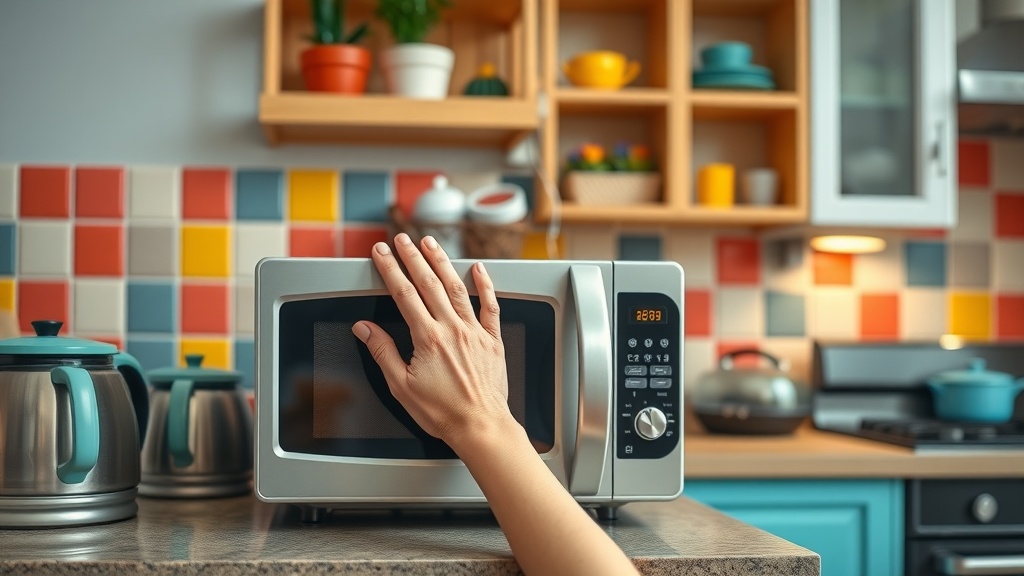
Safety Tips and Cleaning Hacks for Frequent-Use Appliances
Always unplug appliances before cleaning or maintenance. Use gentle cleaners like diluted vinegar or water with citric acid to wipe down interiors, and a toothbrush for tough-to-reach areas. Regularly empty crumb trays in toasters and ensure that microwave turntables are removed and washed to avoid buildup.
For coffee makers, run a descaling cycle with citric acid or vinegar to ward off mineral deposits that can affect brewing. These habits not only keep appliances hygienic but also avert electrical shorts or fire risks associated with neglected home maintenance routines.
When to DIY Repair and When to Consult a Professional for Appliance Maintenance
While most routine tasks can be safely handled by diligent homeowners, some repairs cross into dangerous territory—especially for high-voltage or gas-powered devices. If your appliance requires opening sealed units, handling refrigerants, or involves any wiring or gas lines, call in a certified professional. Erring on the side of caution ensures your safety and the integrity of your home.
Attempting complicated fixes on your own may void warranties or create bigger, costlier issues down the line. By knowing your limits, you streamline your home maintenance, ensuring you only take on what truly makes sense for a DIY repair.
The Role of Regular Maintenance in Saving Money and Increased Home Efficiency
Developing a regular maintenance schedule is a powerful way to take control over your household costs and keep appliances running efficiently. Every bit of time you put into proactive appliance care multiplies your savings—not just in dollars, but in convenience, peace of mind, and avoidance of stressful emergencies. In the era of uncertain economic times, data shows regular DIY home maintenance for appliances to be an investment that pays dividends month after month.
How Home Maintenance Strategies Help You Save Money Over Time
Routine maintenance reduces energy consumption, extends appliance lifespan, and minimizes the risk of costly, last-minute repairs. As you feel more in control of your daily routine, you’ll notice more time for things like home décor, family, or even sharing social media wins about your latest DIY repair. Through small, regular acts, you’re investing in the longevity and efficiency of all your household systems.
- Lower electricity consumption
- Reduces need for costly replacements
- Prevents energy loss from worn parts
- Minimizes emergency repair calls
| Appliance | Potential Problem | Preventive Maintenance Task |
|---|---|---|
| Refrigerator | Overheating, Inefficient Cooling | Clean coils, replace water filter |
| Dishwasher | Blockages, Foul Odors | Clean filters, inspect spray arms |
| Washing Machine | Mold Growth, Leaks | Descale drum, check door gasket |
| Oven/Stove | Poor Heat Distribution | Clean burners, inspect seals |
PAA: What Are the Most Important DIY Home Maintenance Tasks for Appliances?
Essential DIY Home Maintenance Tasks: Filter changes, gasket checks, cleaning ducts, and monitoring unusual noises
For most appliances, prioritizing filter replacements, seal inspections, and clearing dust from motors offers the highest return on time invested and contributes to the longevity of your devices. Attending to these details prevents small issues from snowballing into major, costly repairs. Monitoring for strange sounds or irregular functioning also lets you address problems before they cause real damage.
PAA: How Often Should You Do Regular Maintenance on Home Appliances?
DIY home maintenance for appliances is generally performed monthly, quarterly, and annually depending on the type of application
Most manufacturers recommend monthly filter checks, quarterly cleaning, and annual inspections for optimal appliance performance. By following this schedule, you maximize efficiency, detect problems early, and help your appliances operate as cost-effectively as possible. Maintaining consistency can greatly enhance your overall savings.
PAA: Can DIY Home Maintenance for Appliances Really Save Money?
The Financial Impact of DIY Repair Compared to Professional Appliance Maintenance
Yes. Performing your own home maintenance can reduce the likelihood of unexpected breakdowns and prolong appliance life, regularly saving you hundreds of dollars each year. With access to information, cleaning products, and easy-to-follow guides, you’ll discover that routine DIY repair is both cost-effective and rewarding.
PAA: Are There Appliances Where DIY Home Maintenance is Not Advised?
Safety Considerations: When to Call an Appliance Professional and Avoid DIY Repair
High-voltage or gas appliances, such as water heaters and gas ovens, should generally be serviced by professionals for safety reasons. In these cases, improper repair attempts could void warranties, damage the appliance, or put your safety at risk. Always consult an expert when in doubt or when the repair involves critical systems.
FAQ on DIY Home Maintenance for Appliances
-
What tools do I need for basic DIY home appliance maintenance?
Most basic maintenance tasks require a screwdriver set, pliers, a coil brush, measuring cup (for cleaners like citric acid), microfiber cloths, and a small vacuum or dusting brush. For certain tasks, specialty cleaners like lemi shine or diluted baking soda are useful. -
What are the signs of major appliance failure?
Persistent leaks, electrical sparks, burning odors, unusual loud noises, and repeated error codes are all signs that an appliance may need professional repair or replacement. If you see these, stop use and seek expert help. -
Does performing regular maintenance affect warranty coverage?
Regular DIY home maintenance for appliances is typically encouraged and does not void warranties, provided you follow manufacturer guidelines and use recommended cleaning products. Always document your maintenance with photos or notes. -
Are there resources for learning more about appliance care?
Yes! Many manufacturers and home improvement advocates—including Tim Jones, respected social media influencers, and certified appliance technicians—share detailed guides and videos online to help you take better care of your appliances.
Discover the Time and Money Savings of DIY Home Maintenance for Appliances—Get Started Today! Take Control of Your Home Maintenance Routine for Maximum Appliance Longevity
Start your DIY home maintenance for appliances today to boost efficiency, save money, and extend appliance life— your next small victory is just a checklist away!
 Add Row
Add Row  Add
Add 


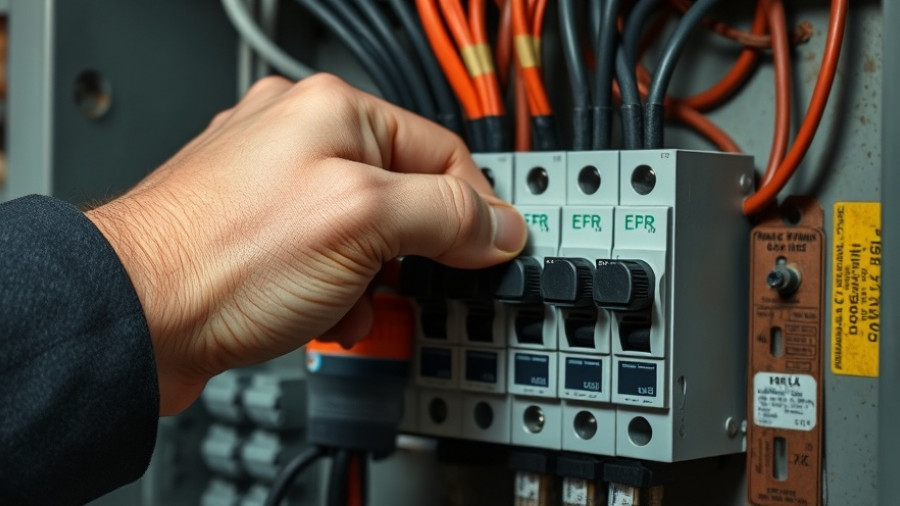
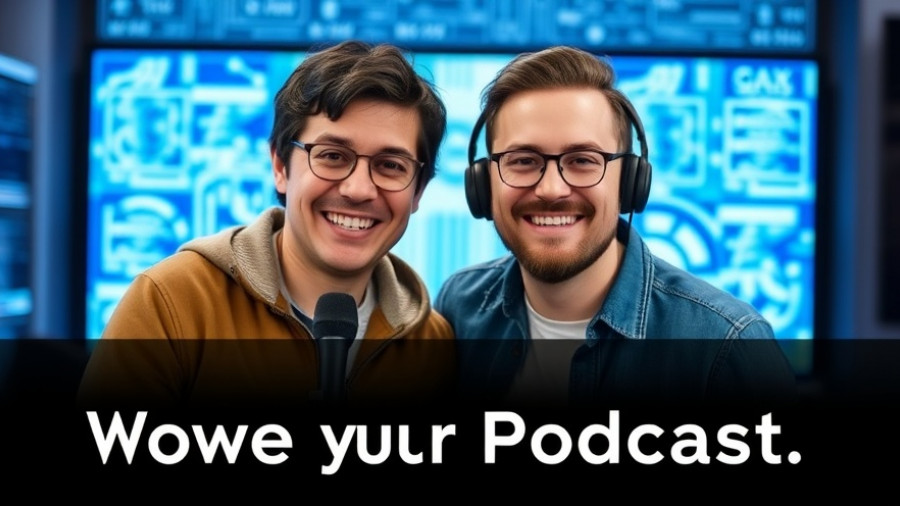
Write A Comment